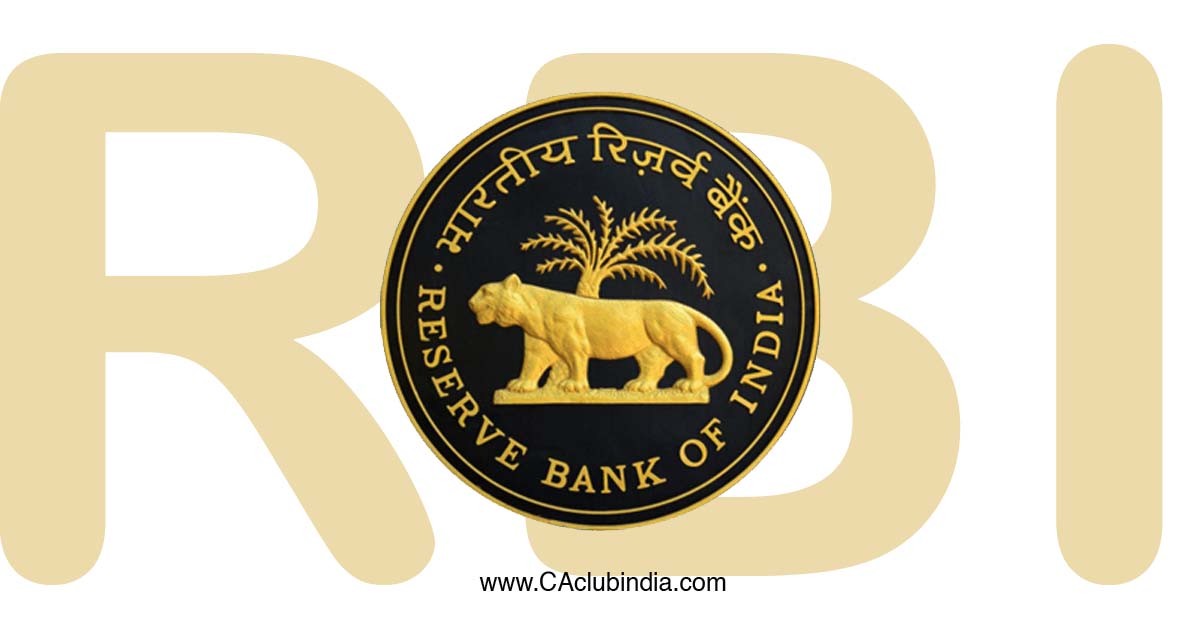The Reserve Bank of India (RBI) has taken a significant step towards strengthening the regulatory framework for Urban Co-operative Banks (UCBs) by revising the eligibility norms for their inclusion in the Second Schedule of the RBI Act, 1934. This move comes after the release of the Revised Regulatory Framework for UCBs in July 2022, aiming to improve their financial stability and governance.
This article delves into the revised eligibility norms, their implications for UCBs, and the potential impact on the cooperative banking sector in India.

Understanding the Second Schedule
The Second Schedule of the RBI Act lists scheduled banks, subject to the direct supervision of the central bank. Inclusion in this list grants UCBs access to wider powers and privileges, such as:
- Borrowing directly from the RBI
- Issuing drafts and letters of credit
- Participating in clearing house arrangements
- Undertaking foreign exchange transactions
Inclusion enhances their credibility and competitiveness, attracting larger deposits and facilitating expansion.
Previous Norms and Challenges
Earlier, the eligibility criteria for inclusion in the Second Schedule were determined by a circular issued in 2013. These norms focused primarily on financial parameters, including minimum net owned funds and demand and time liabilities. However, challenges emerged:
- Tier 3 and 4 UCBs (smaller and weaker banks) struggled to meet the financial thresholds.
- The criteria did not adequately address qualitative factors like governance and risk management.
- Lack of alignment with the evolving regulatory landscape for UCBs hampered effectiveness.
Revised Eligibility Norms: Aligning with Regulatory Framework
The revised norms address these concerns by aligning with the principles of the Revised Regulatory Framework. Key changes include:
- Focus on Capital Adequacy: UCBs must maintain a Capital to Risk-Weighted Assets Ratio (CRAR) of at least 3% above the minimum requirement applicable to their tier. This ensures stronger capital buffers and resilience against risks.
- Addressing Regulatory Concerns: Inclusion is contingent on having no major regulatory and supervisory concerns identified by the RBI. This emphasizes sound governance and compliance practices.
- Tier-Specific Approach: The notification F. No. 3/16/2023-AC dated September 4, 2023, specifies that only licensed Tier 3 and Tier 4 UCBs meeting the criteria are eligible. This prioritizes inclusion of smaller banks while maintaining prudential standards.
Implications for UCBs
The revised norms present both challenges and opportunities for UCBs:
- Enhanced Regulatory Scrutiny: UCBs seeking inclusion will face stricter capital adequacy and governance assessments.
- Tier 3 and 4 Banks Face Upward Mobility: The tier-specific approach creates a pathway for smaller banks to gain access to the benefits of the Second Schedule.
- Incentive for Improvement: The norms encourage better capital management, risk management, and compliance practices.
Impact on the Cooperative Banking Sector
The revised norms are expected to:
- Strengthen the financial stability of UCBs: Improved capital adequacy and regulatory compliance mitigate risks and enhance public confidence.
- Promote consolidation and growth: By making the Second Schedule more accessible, the norms incentivize mergers and acquisitions among weaker UCBs, leading to larger and more efficient institutions.
- Level the playing field: Alignment with the Revised Regulatory Framework creates a more equitable environment for UCBs compared to commercial banks.
Challenges and Future Outlook
While the revised norms are a positive step, challenges remain:
- Implementation Challenges: Ensuring consistent application of the norms across diverse UCBs will require effective supervision and guidance from the RBI.
- Capacity Building: Smaller UCBs may require support in improving governance, risk management, and compliance practices to meet the new standards.
- Balancing Growth and Stability: Striking a balance between encouraging growth and maintaining financial stability will be crucial for the RBI and UCBs.
Conclusion
The revised eligibility norms for inclusion in the Second Schedule reflect the RBI's commitment to strengthening the regulatory framework for UCBs. By focusing on capital adequacy, governance, and regulatory compliance, these norms pave the way for a more stable, sound, and competitive cooperative banking sector in India. Addressing implementation challenges, building capacity in smaller UCBs, and maintaining a balance between growth and stability will be key to realizing the full potential of this reform.








 CAclubindia
CAclubindia
